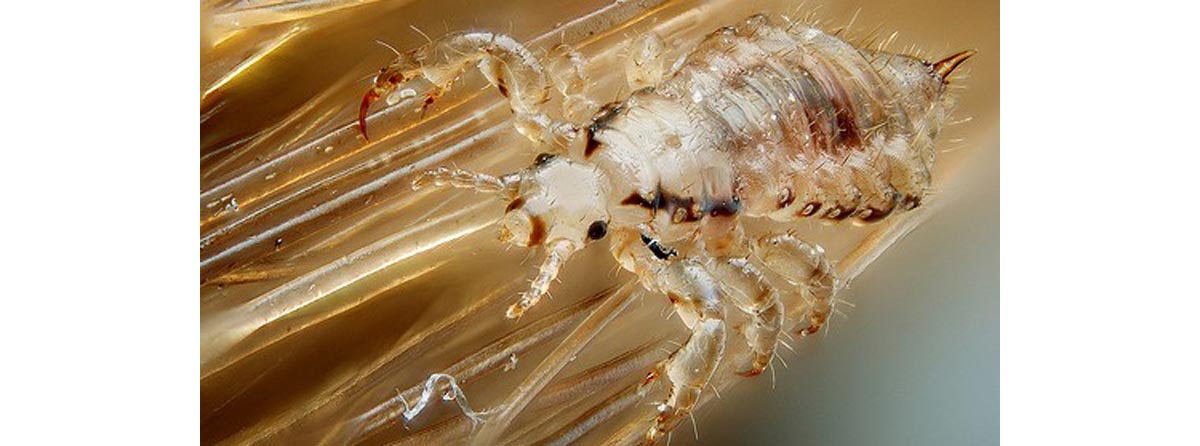Table of Contents
Most parents have — at one point or another, or maybe even regularly — received that infamous letter from school informing them that the dreaded head lice infestation made an appearance in their child’s classroom. The thought of tiny insects infiltrating the class and making their way into the scalps of dozens of children is enough to send many parents into full blown panic mode.
No parent wants to hear that tiny insects are living in their child’s scalp, but they are a very common problem and occur quite often in children between the ages of 3 and 12 years old.

Head lice are tiny insects that live in the human scalp and hair shaft. Once present, they latch onto the scalp and draw the tiny amount of blood that they will then feed off of. Unlike mosquitos and certain other insects, head lice do not carry or spread diseases and they are not dangerous. Hey, at least there's some good news!
When the lice bite the scalp, it often results in itching and discomfort and can cause mild swelling and inflammation. As the child scratches the scalp to relieve the itch, it can lead to additional irritation of the skin and sometimes an infection of the scalp can develop. Just because a child presents with an itchy scalp does not mean that she or he has head lice.
Although an itchy scalp is the most common symptom of lice and many itchy scalps are ultimately indeed caused by head lice, there are other conditions that can cause itchy scalp, such as dry skin or dandruff. Additionally, some children who do have head lice will not experience any itching of the scalp.
Head lice are wingless insects, so contrary to popular belief, they cannot fly from one person to another. Not only are they incapable of flying, they are also unable to jump. That fact goes a long way toward explaining why head lice are most commonly found in populations of children, since they are in close proximity and have more physical contact than most adult populations
It is a myth that head lice are more common in "dirty" people who have unwashed or dirty hair. In fact, head lice do not thrive in cluttered homes and people with head lice are not any more likely to have poor hygiene than people who do not have head lice. Simply washing your hair is not enough to get rid of head lice, and keeping your hair clean is not enough to prevent head lice from getting onto your scalp. Head lice cling to hair follicles and the lice eggs, or nits, will cling to hair that is both dirty and clean.
- Photo courtesy of Gilles San Martin by Flickr : www.flickr.com/photos/sanmartin/4900275659/
- Photo courtesy of Lajos.Rozsa by Wikimedia Commons : commons.wikimedia.org/wiki/File:LouseBuster_treatment.JPG


Your thoughts on this